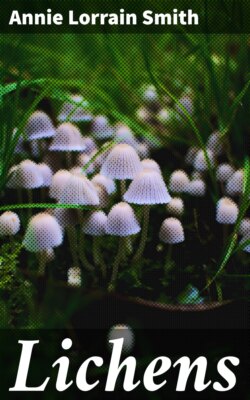Читать книгу Lichens - Annie Lorrain Smith - Страница 24
На сайте Литреса книга снята с продажи.
F. Composite Nature of Thallus
ОглавлениеSchwendener[185] meanwhile was engaged on his study of lichen anatomy. Though at first he adhered to the then accepted view of the genetic connection between hyphae and gonidia, his continued examination of the vegetative development led him to publish a short paper[186] in which he announced his opinion that the various blue-green and green gonidia were really algae and that the complete lichen in all cases represented a fungus living parasitically on an alga: in Ephebe, for example, the alga was a form of Stigonema, in the Collemaceae it was a species of Nostoc. In those lichens enclosing bright green cells, the gonidia were identical with Cystococcus humicola, while in Graphideae the brightly coloured filamentous cells were those of Chroolepus (Trentepohlia). This statement he repeated in an appendix to the larger work on lichens[187] and again in the following year[188] when he described more fully the different gonidial algae and the changes produced in their structure and habit by the action of the parasite: “though eventually the alga is destroyed,” he writes, “it is at first excited to more vigorous growth by contact with the fungus, and in the course of generations may become changed beyond recognition both in size and form.” In support of his theory of the composite constitution of the thallus, Schwendener pointed out the wide distribution and frequent occurrence in nature of the algae that become transformed to lichen gonidia. He claimed as further proof of the presence of two distinct organisms that, while the colourless filaments react in the same way as fungi on the application of iodine, the gonidia take the stain of algal membranes.
